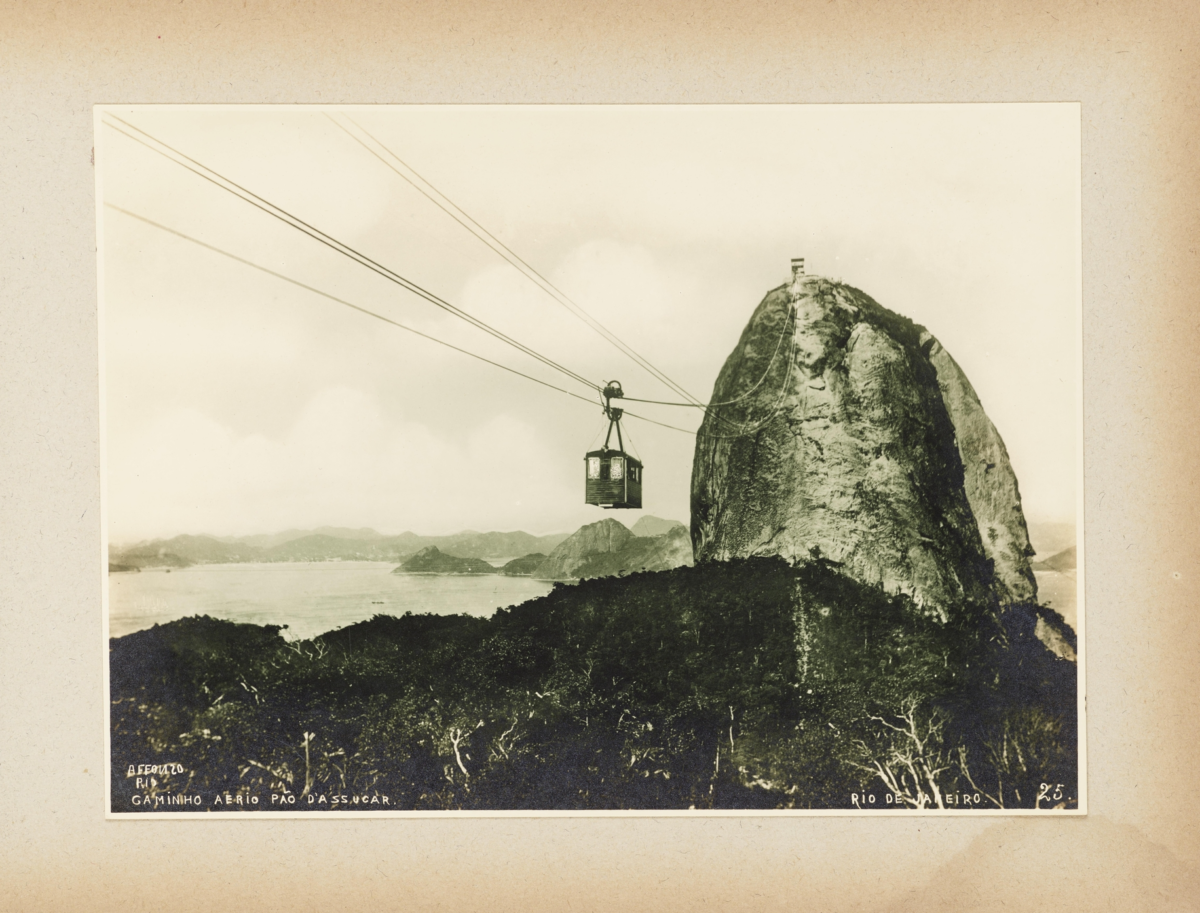
When the peacocks arrived in San Francisco, I didn’t think too much of it, but Alyona, my yoga teacher, was not happy.
“They’ll take the park,” she said. She said these words in a whisper as she looked up at the houses on Telegraph Hill, where the birds had been sighted earlier in the week. “I’ve seen it happen. In Pasadena.”
She was right.
Two weeks after they touched down on Telegraph Hill, the peacocks migrated to Washington Square Park. We found them behind the statue of Benjamin Franklin, in the grassy oasis where Alyona had led our weekly Saturday morning yoga class for the past fifteen years.
“They’ve taken our grassy oasis,” she said, nodding her head slowly. I’ve known Alyona for a long time. We are good friends and I have a good grip on the meaning of her nods. When she nods her head slowly, in deep focus, she is generally thinking about Franco, her ex-husband.
“Why do you think they’re here, in our grassy oasis?” I said.
“My question exactly,” she said, nodding her head, narrowing her eyes.
That morning, we had to lay our mats in the not-so-grassy oasis on the other side of Benjamin Franklin, away from the peacocks, who seemed so content, so at ease pecking at the worms in the soft, lush grass where we used to do our downward dogs. We would have liked to put more distance between us and the birds. But Washington Square Park is a small park in the middle of the city, and there’s only so far you can move before you’re on the footpath and the surrounding streets.
That first Saturday with the peacocks was not disheartening, but it was trying. Ten minutes into class, just when we were starting our cat-cow stretches, five or six of the smaller birds had the idea to peck at the worms in the grass between our mats. Luckily, they took care not to brush us with their feathers, and a kind of peaceful tolerance, built on mutual goodwill, formed between us and them; ultimately, we found the birds distracting, but not to the point that we couldn’t complete our cat-cows. The rest of the class proceeded in peace.
This was not the case the following Saturday. My close friend, Natasha, was emerging from a long, searching corpse pose when a large peacock landed on her chest and started pecking at her face. Now, I happened to know that Natasha had been using some kind of salmon sperm extract to fight the crows feet under her eyes, and I reasoned that the peacock had got a whiff of the stuff—but that was beside the point: the bird should not have been in San Francisco, and certainly not on her chest, and I had to cut my own corpse pose short to shoo the bird away and save dear Natasha’s face.
From Alyona’s point of view, this was, in effect, a declaration of war. “This is our grassy oasis,” she said at the end of the class, nodding slowly, seated on her mat, cradling Natasha’s upper body in her arms. “We cannot be intimidated. We cannot make any more concessions to these monsters.” Natasha, bless her—she was dabbing the deep gash in her left cheek with Alyona’s t-shirt—objected to the characterization of the peacocks as “monsters,” and wondered if Alyona might consider thinking of them as “observers.” She said “observers” gently, with the innocence of a child.
“No,” said our teacher, brushing Natasha’s hair out of her eyes. “They are monsters.”
Just then, as if to prove her point, a pride of peacocks started shrieking. It was a dreadful shriek. High pitched. Loud. Acute. “See?” Alyona said, seizing the moment with confidence. “Tell me they don’t sound like babies being tortured through a microphone.” That was, I think, a bit much, but it was true that the sounds the birds were making suggested they were suffering some kind of painful, matrimonial injustice. In fact, it was mating season, and the males were warming up their voices.
By the time July rolled around, the peahens had arrived in Washington Square Park, and this meant we had to wait for them to be seduced by
the peacocks every Saturday morning before we could lay our mats on
the grass. So natural, so effusive, so assured were the birds in their mating movements through the park—they even made inquiries at the Italian restaurants on neighboring Stockton Street—that anyone visiting the area for the first time could be forgiven for thinking the birds had been there forever. When the peacocks danced and spread their feathers in front of the peahens, the tourists took photos and said things like, “In San Francisco the peacocks are very pretty. Aren’t they pretty?”
When it became clear that the peacock population would need to be controlled, the Mayor of San Francisco hired a peacock re-locator. Jerry Garcia, for that was his name, visited the park twice a week. His method was simple: he threw handfuls of lightly salted peanuts around the statue of Benjamin Franklin and, while a bird was eating, he would sneak up on it, clutch it, and put it in a cage. He put the cage in his truck and drove away.
“Where do you take the birds,” I asked Jerry Garcia one day when he visited our class. Citing the difficulty of self-realizing in the company of peafowl, some of our most talented yogis had stopped attending Alyona’s class, and the City of San Francisco sent Jerry Garcia to assure us that they were doing everything they could to protect the program.
“I take the peacocks to a new home,” Jerry Garcia told me. “A safe rural environment, far away from here.” When he said that, I pictured him driving the peacocks out to Inverness, where he would plop them in the sprawling meadows to graze, carefree, among the lambs and cows.
In addition to re-locating the peacocks, Jerry Garcia installed motion sensor sprinklers behind the statue of Benjamin Franklin in the hope
that the bursts of water would repel the birds from our area. When this failed, he put statues of large orange cats in the park, for it was hoped that having “predators” around would fray the birds’ nerves. Still, the birds kept arriving, and our yoga class dwindled to four: Alyona, Natasha, Mathilde, and me. It got to the point where we had to ask ourselves if the peacocks, so beautiful when they spread their feathers and paraded in front of the peahens, were not some kind of cosmic sign: Perhaps we should give up yoga and spend our Saturdays doing something else, like knitting.
“No,” Alyona said when I voiced the idea after a particularly grueling class. That morning, a man walking his poodle had thrown a ball in the opposite direction of a harem of peahens, but the ball had hit a bench and bounced into Alyona’s back while she was correcting my cow face. Alyona had shrieked, stood up, and looked poised to chase the man into the harem, but she took three deep breaths and sang a couple of mantras. The whole thing was very trying.
“No,” Alyona said again, nodding slowly.
“But we can’t go on like this,” I said. I pointed to Natasha, who had stopped using the salmon sperm extract on her face, and now looked considerably older. I pointed to Mathilde, the other hanger-on, who, like me, looked very solemn, most likely because we could not understand the forces leading to this moment in our lives. If anything, our resistance—our unwillingness to back down and cede the park to the birds—had made us wiser, stronger.
One day, when the peacocks offered us fifteen minutes behind
the statue of Benjamin Franklin, the Mayor of San Francisco made an appearance. Dodging a couple of peahens, the Mayor walked over to where the four of us were standing in mountain pose behind the former president. He, too, entered mountain pose, from which he addressed us a little nervously, but not uncheerfully. “I remember when I burned TVs in this park,” he said. “For fun.”
Around us, the peacocks had started shrieking again, and I found it difficult to hear.
“For your mom?” I said.
“We were tired of sitcoms,” said the Mayor, whose words seemed to be emerging from some unguarded territory within him. “We couldn’t watch sitcoms anymore so we put our TVs in the park and we burned them. We must have burned twenty TVs. Maybe more.” As he said these words, he began to puff out his chest.
“Keep your belly soft,” I said. “Engage your core.”
The Mayor took a deep breath and puffed out his chest a bit more. Looking at him from the corner of my eyes, I could see his nipples under his shirt. They were hard and firm, like towel hooks poking out to the world. He was not keeping his lower belly soft. Nor was he engaging his core.
“I was in a film once, you know,” he said. “I played a warrior for the League of Shadows in Batman Begins. To prepare for the part, I was asked to go to the gym and work on my chest for five hours a day. I needed to have a tremendous chest to be a warrior for the League of Shadows. The casting agent said, ‘No one in the League of Shadows will take you seriously if you don’t have a tremendous chest, and if the League doesn’t take you seriously, why would anyone watching take you seriously?’ It was good advice,” said the Mayor. “Don’t you think it was good advice?”
After he said these words, the Mayor walked to the statue of Benjamin Franklin, where a lone peacock had posted up on the president’s shoulder. The Mayor stared at the peacock on the president’s shoulder. The Mayor puffed out his chest and pointed a finger at the bird. The bird and the Mayor looked at each other, holding out, neither one willing to look away. They were still looking at each other when we emerged from mountain pose, rolled up our mats, and went home. “I’m the Mayor of San Francisco,” I heard the Mayor saying as we walked away. “That’s right,” he said, “the Mayor.”




